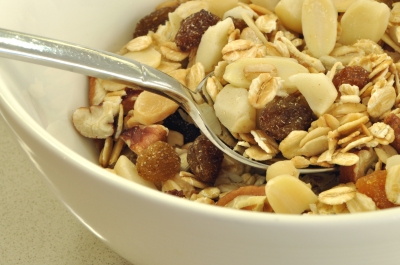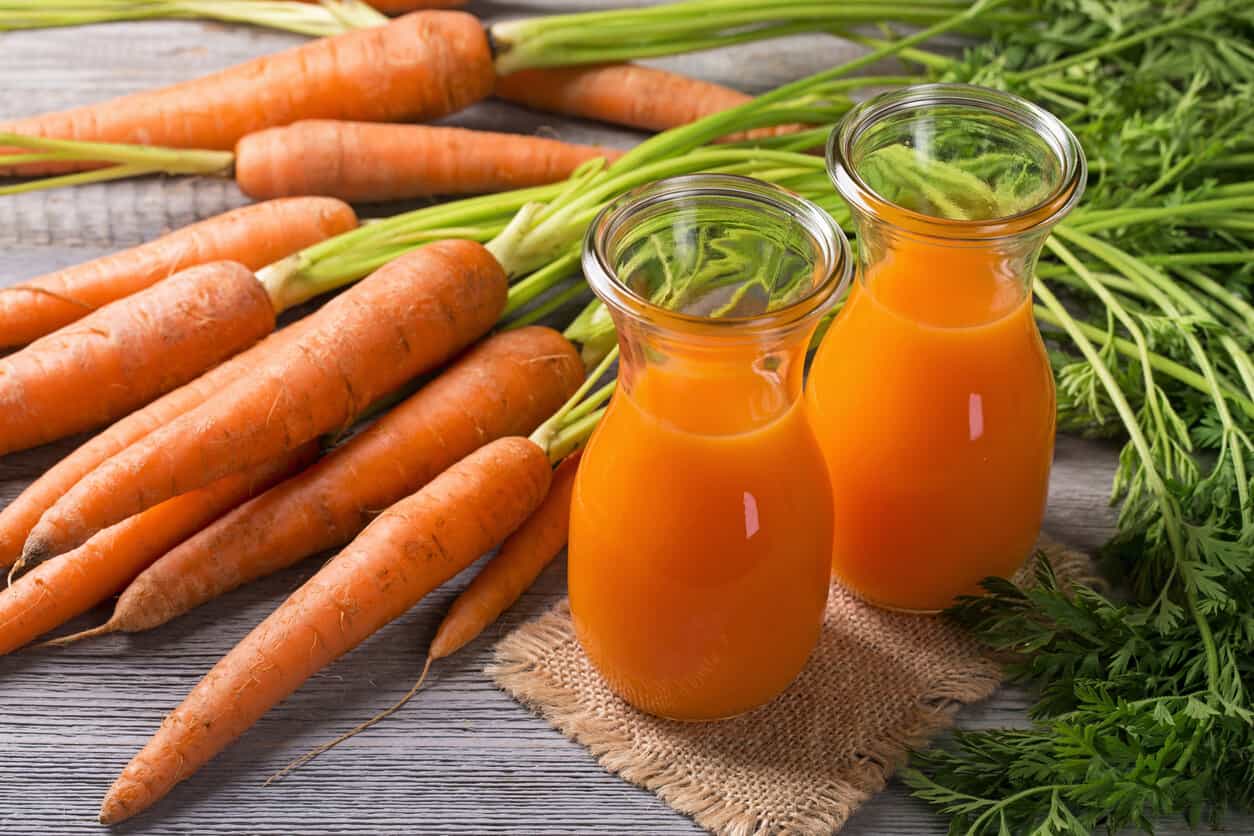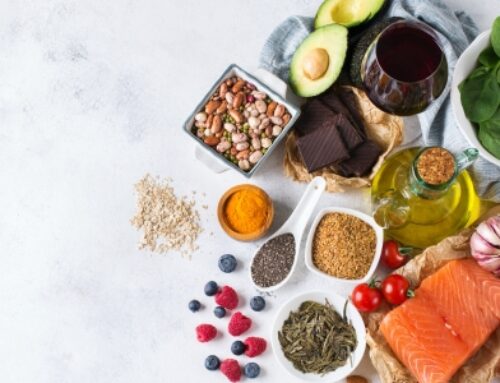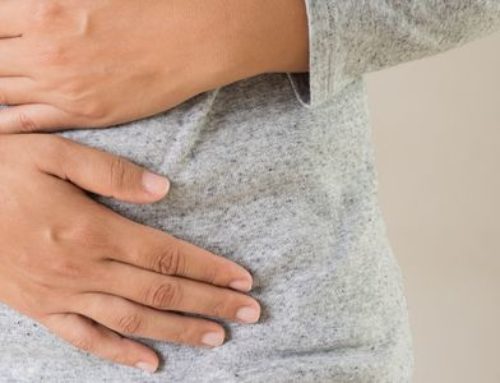Are you getting enough fibre in your diet?
If you’re not sure, then read on.
This article will cover all you need to know about fibre, plus there’s a sample meal plan at the end that’ll get you on the right track!
Did you know that getting enough fibre in your diet can decrease your risk of bowel disease and cancer, improve your cardiovascular health, help with maintaining a healthy weight and most importantly, make it easy for you to enjoy a daily ‘poo’!
Constipation and other bowel disturbances can be rather uncomfortable and I don’t know about you, but passing a nice big bowel movement every day is very satisfying and improves my mood (sorry if this is too much information…). Feeling ‘backed up’, bloated and experiencing tummy pain due to not getting enough fibre in your diet is not a nice feeling at all.
What is fibre?
Fibre comes only from plant based foods and usually forms the structural parts of the plant. For example, fibre comes from the husk of a grain, the outer shell of a seed, the skin of a fruit or vegetable or the walls of each cell inside the plant. The interesting thing about this nutrient is that although it provides numerous health benefits, its actually not digested by our bodies. It goes straight through us. “What’s the point?” You might be thinking, “if it just goes in one end and out the other.”
What does it do for me?
One important role of fibre is to create a bulky stool. Because it’s indigestible and goes straight through us it gives the body a mass to help move non-useful foodstuffs or toxins out of the body. A larger mass passes through the intestines much easier than smaller masses and thus fibre helps the body eliminate toxins and other carcinogens quickly and easily. The longer these nasties stay in your intestines the more damage they can cause.
Getting enough fibre coupled with drinking plenty of water also helps with quick, easy elimination as well as helping you feel full after a meal. The fibre absorbs some of the water, another way it creates a bulky stool and is why high fibre foods will fill you up quicker than lower fibre foods.
Adequate fibre in your diet has also been shown to improve your body’s cholesterol levels decreasing your risk of heart disease. It binds to cholesterol in the digestive system and carries it out of the body.
Finally, because fibre helps keep you full and and high fibre foods are less energy dense then lower fibre foods, a high fibre diet is fantastic for weight loss.

Where does it come from?
Fruit – all fruits (including dried, frozen and canned fruit) are a good source of fibre
Vegetables – all vegetables (including canned and frozen) are good sources of fibre
Legumes – chick peas, lentils etc are fantastic sources of fibre and are a good source of protein and healthy carbohydrate.
Beans – baked beans, kidney beans, soy beans etc are a fantastic sources of fibre as well as protein and healthy carbohydrate.
Nuts – walnuts, almonds, peanuts, cashews, pine nuts etc are a great source of fibre
Seeds – pumpkin seeds, linseeds (flaxseed), sunflower seeds, chia seeds etc are a very good source of fibre
Grains – whole grains are also a great source of fibre as long as they are not highly processed. Wheat, corn, barley, rye, quinoa, oats rice are all good sources of fibre as long as you are choosing products such as wholemeal bread and pasta, brown rice and rolled oats etc.
Choosing high fibre foods will automatically mean that you’ll choose healthier foods. Processed foods such as pastries, biscuits, crackers, chips, cakes, lollies, fried foods and other highly processed products contain very little or no fibre at all. Unprocessed, fresh whole foods like the ones listed above are all fantastic sources of fibre as well as other nutrients such as protein, vitamins and minerals.
How do I ensure I’m getting enough fibre?
It’s recommended that we aim to eat 25-30g of fibre per day.
It’s pretty easy to ensure you are getting enough fibre everyday. The best way to ensure an adequate intake of fibre is to aim for the Australian Dietary Guidelines recommendation of 5 serves of vegetables and 2 serves of fruit in your diet every day. Then, aim to eat one serve of high fibre carbohydrate at each meal and you’ll add another 10-15g into your day and you’ve made the daily quota.
Here’s an example meal plan which will ensure you are getting enough fibre:
Breakfast
3/4 cup sultana bran with skim milk- (5g fibre)
Coffee or tea (0g fibre)
Banana (4g fibre)
Morning tea
Small handful of nuts (5g fibre)
Lunch
2 slices of soy and linseed bread (5g fibre)
50g 97% fate free ham and 30g lite cheese (0g fibre)
1 cup of mixed salad (2g fibre)
Afternoon tea
Apple (5g fibre)
100g tub yoghurt (0g fibre)
Dinner
BBQ’d chicken breast or steak (0g fibre)
1/4 avocado (2g fibre)
100g Sweet potato chips (3g fibre)
Mixed salad (2g fibre)
Total fibre: 33g fibre
How do I know how much fibre a product has?
All processed foods must contain a Nutrition Information Panel which outlines the basic nutrient content of the food. It’s not compulsory for manufacturers to have fibre in this panel unless they’ve made a nutritional claim about fibre on their packaging. A product that provides 3 or more grams of fibre per serve is a pretty good benchmark to main for and comparing the fibre content of different brands is a great way of making the best choices for certain foods, particularly products such as muesli bars, breakfast cereals, crackers, breads, rice and pasta.
This great website www.calorieking.com.au has a large data base of Australian foods and can help you with the fibre content of some foods if you’re not sure.






